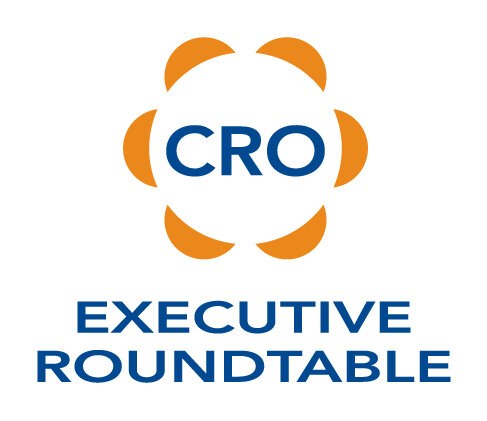We’re in the midst of dramatic changes in the B2B sales world. The rapidly-expanding automation tools are changing the role of the salesperson’s role from prospecting to qualifying. These changes have already been absorbed, at some level, in the B2C world…and one major change is driving the shift in B2B sales.
The main driver of change is the expectation for a customer-centric approach to all sales. This principle has always been a marketing motto, but today it must be part of the fabric of your sales culture. The B2C companies have already embraced this approach.
A quick-read article from Sales & Marketing Management expands on this topic also. The author’s assertion is that B2B sales incorporate a model that relies on market data/feedback to flow through the salespeople. B2C sales rely on direct data compiled by the marketing department to guide development. This distinction is precisely what we are seeing. B2B sales are starting to migrate much of the early qualifying into the marketing department.
A summary of the adaptations needed in B2B selling to succeed in the new economy:
Sales invites marketing to participate in buyer interactions — Marketing is able to gain and maintain a pulse on the market through firsthand interactions, and sales provides marketing the opportunity to do so on a regular basis when it will be most valuable to winning the sales cycle. Net, marketing adds value to sales and is invited to help more — gaining invaluable buyers insights along the way.
Marketing directly engages the buyer – Marketing can invite clients and prospects alike to join working sessions on go-to-market strategy and messaging, bringing the voice of the buyer directly to the frontline. Mereo maintains the Decision Maker Network™ for this reason, with 300-plus business buyers for buying journey insights.
Applying market insights effectively – Directly hearing what matters to the buyer and why it matters will influence the messaging framework marketing applies to its content engine, but it also provides opportunities for marketing to transform information into insights, such as buyer personas.
Exactly right - marketing has to be brought into the prospect/market area to understand what is happening in the sales world. There is a fusion occurring between marketing and sales in the early sales funnel. Marketing is identifying target niches while staying involved through the initial contact/qualify. This light qualifying activity is the key component of the B2C model. It has now been brought into the B2B world by buyers.
This newly acquired data provides background for strengthening your Differentiating Value (DV). The foundation of your sales and marketing activities is your Differentiating Value. Your marketing message has to be confirmed by employing market feedback directly from your customers. This confirmation reinforces your DV message. If it is misaligned, your salespeople will be pushing Jell-O up a hill in their prospecting efforts.
We provide a DV Survey that will capture what your customers perceive as your DV. This information is beneficial to both marketing and sales departments as you craft your message to attract the right prospects for your solution. If you are unsure of your DV’s effectiveness, contact us today to learn more about our DV Survey process.






